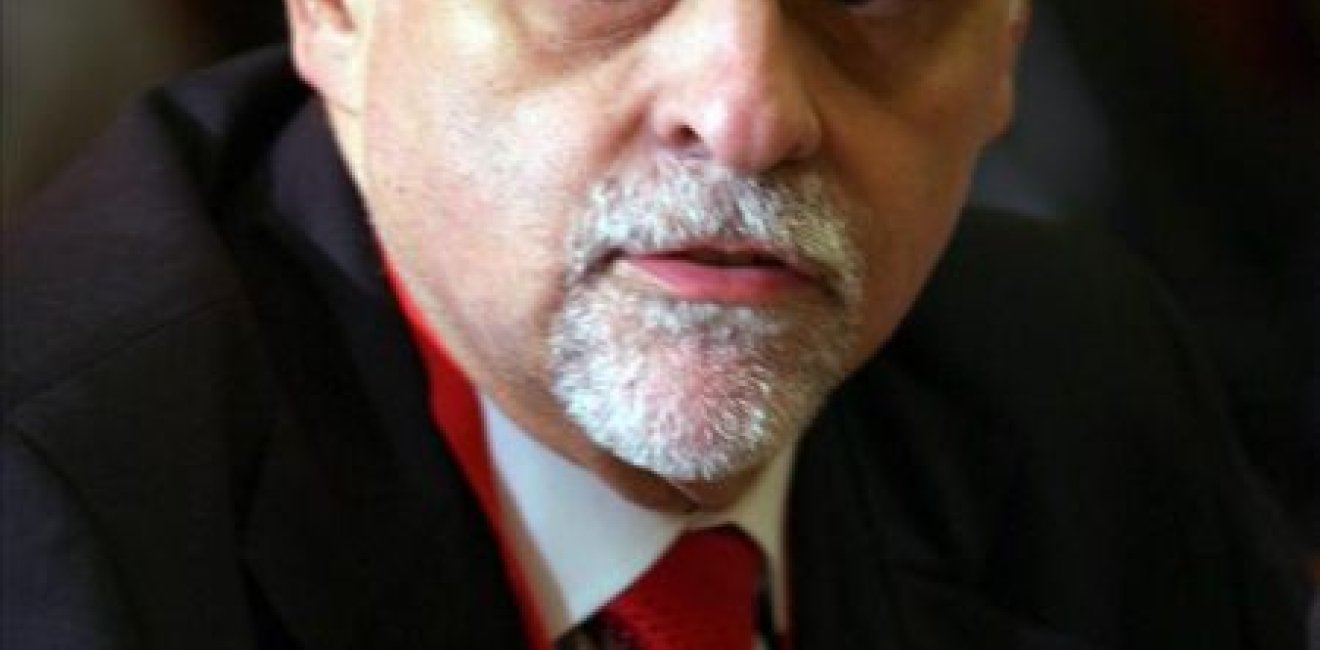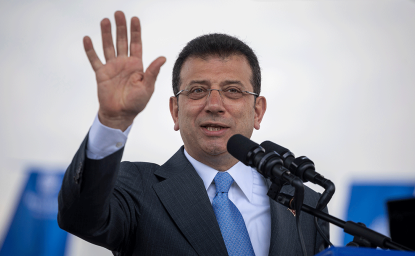Election season is here, both in Canada and in the United States. Canada’s parliamentary democracy makes Washington’s current political gridlock impossible and Canadian politics are nowhere near as polarized as US politics.
Yet there are some elements in common between Canada’s October 19, 2015 federal election and the U.S. federal election on November 8, 2016.
In both countries, the right and left are divided internally, and who will ultimately prevail in either country is anybody’s guess.
The Republican Party is divided between staunch conservatives, often allied with the Tea Party, personified by Senator Ted Cruz and mainstream Republicans whose spokesperson could come from Jeb Bush and Marco Rubio. There is also the wild card candidacy of Donald Trump, representing something akin to a primal scream and who leads the field heading into the first debate. Should a Tea Party candidate win, disgruntled mainstream Republicans may decide to stay home or vote Democrat if Hillary Clinton wins the nomination and takes that party towards the center.
The Democratic Party front-runner is Hillary Clinton. She is being challenged by the more leftist elements in her party, led by Senator Bernie Sanders and former Maryland Governor Martin O’Malley. While pundits predict that Clinton will prevail in the end, disgruntled left-of-center Democrats may decide to stay at home on election day to protest the party leadership’s more centrist stance, perhaps costing Clinton the election.
There are parallels in Canada.
The Conservative Party, led by Prime Minister Stephen Harper, is composed of two wings: the former Progressive Conservatives occupying the center-right and the Reform wing on the further right. [1] The far right currently prevails. Thus while one party will represent the right, there could well be some leakage from the more progressive wing of the Conservative Party to the centrist Liberals (led by Justin Trudeau, son of former Prime Minister and Canadian icon Pierre Elliott Trudeau). Many of the former Progressive Conservatives are uneasy with the Conservatives’ social policies and feel their wing of the party has been marginalized. Indeed, their key leader, Peter MacKay, has left the government, leaving them rudderless in the wake of a far right juggernaut. However, the Canadian Conservative far right is, in most cases, less radical than the Tea Party in the United States.
The main party of the Canadian left is the New Democratic Party (NDP), led by former Quebec Liberal cabinet minister Tom Mulcair, and has been the official opposition since 2010. Their power base is in Quebec, where they took 59 out of 65 seats in the last election. This relegated the Liberals to third place nationally for the first time in Canadian history. (Historically, governance has alternated between Conservative and Liberal governments.)
Mulcair has steered his party towards the center, and the NDP won a resounding victory in the province of Alberta earlier this year. Often called the Texas of Canada, Alberta was a staunchly Conservative bastion, relying on oil and cattle for economic sustenance.
Thus what may have seemed impossible just a few years ago is no longer so – an NDP government and the relegation of the Liberals once again to third place.
The Liberal Party under Trudeau has led at the polls for the past two years, but its support of a key government security law has thrown their campaign into doubt. The NDP’s rightward tilt towards the center has encroached in Liberal territory, and may attract Liberals who are left of center and see the NDP as the only alternative to beat the Conservatives. In fact, the latest polls have the NDP in the lead with the Liberals once again in third place.
However, this perceived rightward tilt may result in two things. In English Canada, the NDP may lose votes to the Green Party as it expands from its environmentalist roots towards a more mainstream social democratic force. While it is unlikely that the Green party will break through and elect many more than the two members of parliament it currently has, they may split further the left wing vote to the benefit of the Conservatives.
In Quebec, where the NDP won the bulk of their seats in the last election, a resurgent Bloc Quebecois led by Gilles Duceppe (social democratic but separatist) may well challenge the NDP, costing them seats in this electorally rich and highly nationalist region of Canada. Indeed, Mulcair has begun to respond to this threat by telling Quebecers that his government would recognize Quebec’s separation with 50% plus 1 vote, instead of the “considerable majority” required by current legislation – an attempt to keep nationalist NDP voters from drifting over to the Bloc. While popular in Quebec, this move may well cost his party votes in English Canada given the determination of those voters to keep Quebec in the federation.
In both countries, the electoral map is complicated. The shifting divisions between left and right and where these divisions will find themselves on election day, could well determine who will govern two-thirds of North America into the next decade.
It promises to be an interesting time for observers of North American politics. Both countries are intertwined economically and financially, but have divergent social policy mindsets. The results of both elections will undoubtedly have consequences for relations between both countries.
An NDP government would likely cross swords with any U.S. administration given its ambivalence towards NATO and its generally pacifist position on key international security issues. A Liberal government would seek to tone down the shrill approach the Conservatives have taken on the Keystone XL pipeline, an issue that has divided both countries for the past few years. Indeed, Trudeau has made reconciliation with the United States, after years of friction over the pipeline, a major plank in his party’s platform. A Conservative government under Stephen Harper would likely be more of the same but a new mandate and new administration in Washington may help to set the reset switch, allowing both countries to get past certain trade and economic irritants that have cast a shadow on the relationship.
In any case, interesting times are coming for both countries, and, as neighbors should, they are going to have to manage relations carefully.
Eduardo del Buey is president of Crosshairs Communications. He is a former Canadian diplomat, a former deputy spokesperson for the Secretary-General of the United Nations, and former spokesperson and director of communications and media relations for the Secretaries-General of the Organization of American States and the Commonwealth Secretariat. Other articles by the author are available at www.crosshairscommunications.com/h/blog.
[1] The Conservative Party of Canada was formed in 2003 through the merger of the Progressive Conservative and Reform Alliance parties.






